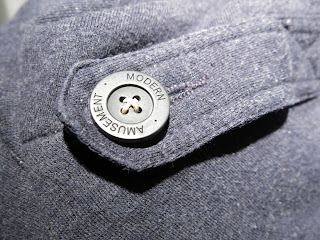I made this spring pole lathe with bowl turning in mind. It is stout, around 200 lb. The legs are mortised into the feet, and the ways are rabbeted into the legs and fastened with 3/4" bolts. the tool rest and foot pedal are held together with rope now, but it is a functioning machine.
Although this is my only pole lathe experience so far, here are tips for those who found this page in search of info on designing a pole lathe:
- Keep in mind where your body and knees go (the front way on this lathe intrudes on the leg motion a bit, and I had to shorten the tailstock tool rest support)
- Heavy is nice, as with all lathes
- It's going to take some abuse (build it with dents and cracks in mind)
In action-
The spring pole is a fir tree my brother cut down. Having not used other poles, it feels a little spongy but it does the job.
Below are the tools I forged in the wood fired forge. The one on the right works best--important to thin out the tip. They need some wooden handles still.
Wedge arrangement. I decided to keep it simple and not use an adjustable/threaded tailstock center. It works great this way, but I do have to pick up a mallet to adjust the center tightness.
The centers are made of 5/8" tool steel, unhardened. I made them with an angle grinder and the wood lathe. They are plenty accurate and smooth for this job.
Adjustable tool rest-






























